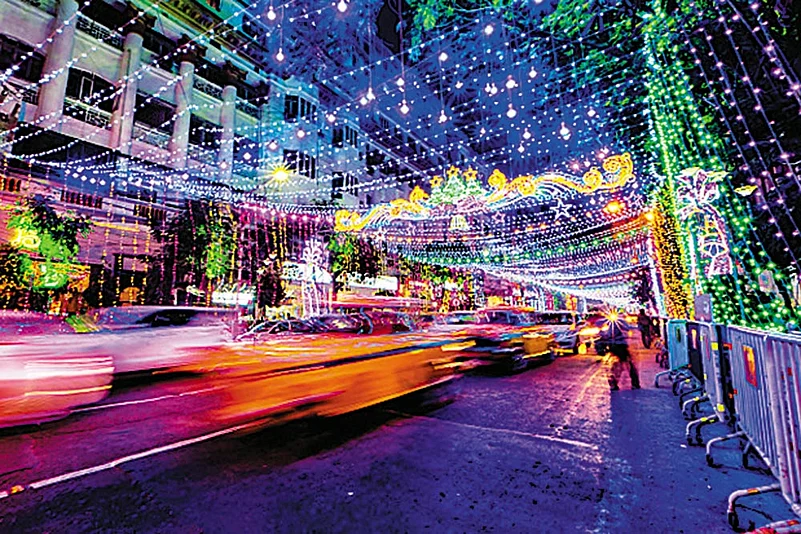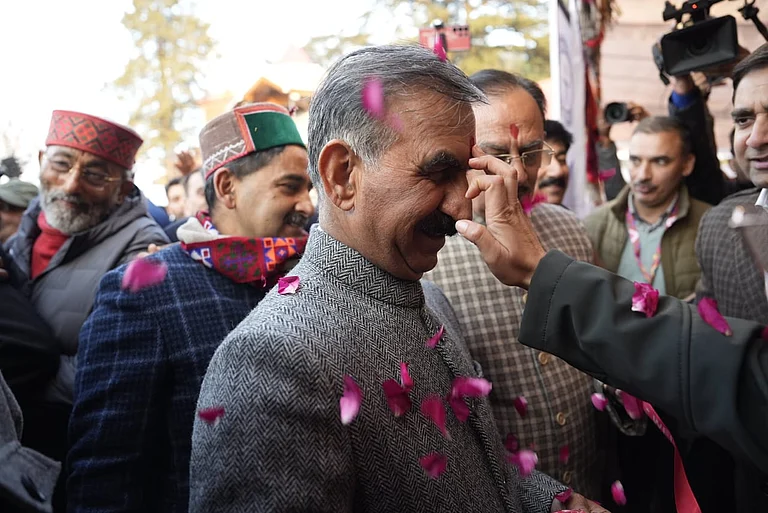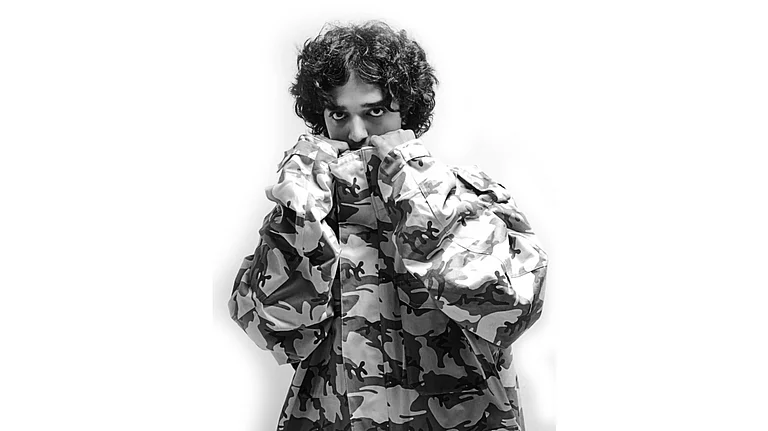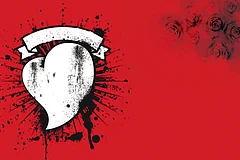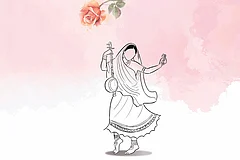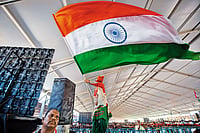Melting Pot For Musicians
Kolkata in January is awash with curated festivals—music, literature, cinema, food, theatre. The city, in some ways, is like Paris. It hosts ‘‘strugglers’’ and the ‘‘ones-who-made-it’’ with deserving appreciation or rejection. Especially for the music fraternity, Kolkata attracts a larger pool of young talent than Mumbai, where every musician ultimately dreams of reaching. The reasons for this: one, it costs a third to live in Kolkata compared to Mumbai. And two, Kolkata has long been home to many pandits and ustads of Shastriya Sangeet. The city became a melting pot for musicians after Nawab Wajid Ali Shah settled here with his courtiers and courtesans after being ousted from Oudh in the mid-19th century. The Nawab spent his exile in pursuit of music, poetry and debauchery. Though there is no such thing as the Kolkata Gharana or the Bengal Gharana, many musicians from all gharanas make Kolkata their home to practise and hone their skills.
A Unique Vibe
I am a pucca South-Dilliwala, an identity I prefer keeping under cover to avoid mostly justifiable prejudices against the denizens of my leafy habitat, which I have a tendency to compare to any metropolitan city I visit. I have visited Kolkata infrequently since my childhood and still remain a stranger. I am not sure whether my forefather, who migrated out of Bengal towards the end of the 19th century, ever visited Kolkata. I never felt a longing or belonging to Kolkata as one would expect of a Bengali. But, every time I visited Kolkata, my fondness has only grown for the city due to its vibe. The Dover Lane Music Conference (to sound hip, lemme call it the Dove Fest), in its 72nd edition, has drawn me this time to Kolkata. There isn’t a Hindustani Classical musician worth her/his salt who has not performed at the Dove Fest.
Nazrul Manch, the auditorium where the Dove Fest happens, is situated along the Rabindra Sarobar, a lake frequented by all, but better known for the love birds who quite easily find a natural cover for privacy. Nazrul Manch spurs me to think of a comparable auditorium in Delhi, and I can’t think of even a close second. Siri Fort Auditorium, where I have seen and listened to the best from the world, cannot hold a candle to Nazrul Manch’s size, design, sound quality or viewer experience.
There is a hint of sadness in the air due to the untimely passing of Kolkata’s own singing genius, Ustad Rashid Khan, weeks before the Dove Fest. No one can fill the void. But whoever could ever be replaced with any other? The world moves on, and the void eventually is no longer felt. The Dove Fest is an all-night affair for four nights that is curated with a mix of shagirds and ustads, taal and vadya, nritya and gayan. Instrumental jugalbandis are always a delight to listen to. I listened to santoor with sitar, santoor with sarod, and flute with violin. All three combinations give a wholesome, full-bodied sound and could work well to create music in the World Music genre. But, on a pure classical music platform like the Dove Fest, the combinations sounded experimental.
The showstopper was the living legend, Ashwini Bhide. The Vidushi performed at the Brahma Muhurta, hours just before sunrise on the last day, leaving the audience spellbound. The vocalist who showed signs of carrying on the baton was Anwesshaa Datta Gupta. She showed amazing mastery over Khayal singing in her concert. The elegant Kolkata audiences, though, had a lesson for me, which was to remain patiently seated until the performer had exited the stage.
Foodie’s Delight
Kolkata is known for its club culture, both Raj-era ones and new entrants. I lunched at the colonnaded Calcutta Club. The mutton stew and appam were delicious but the star was the grand structure the Club is housed in. Home cafes are trending in Kolkata; almost every street in Ballygunj has a house that has turned its front into a cafe. These cafes add a personal touch to the experience. On Republic Day morning when all eateries were shut, I savoured a patta of aloo-puri from a street cart, paying Rs 10 and rounded it up with a sandesh, paying Rs 15. Soon after, browsing social media, I saw a screenshot of a restaurant receipt of Shabri Rasoi in Ayodhya drawn on the consecration day. It read: Tea-Rs 110, Toast White-Rs 130.
It is irritating to hear Kolkata being mispronounced by flight announcers, TV anchors and others. It’s not Champs-Élysées. Say it as Kol-ka-ta. It’s not Kaul-kata, morons!
MORE FROM THIS ISSUE
Bishwadeep Moitra is the former executive editor of Outlook. He is the co-founder of Silaiwali, a social enterprise.






